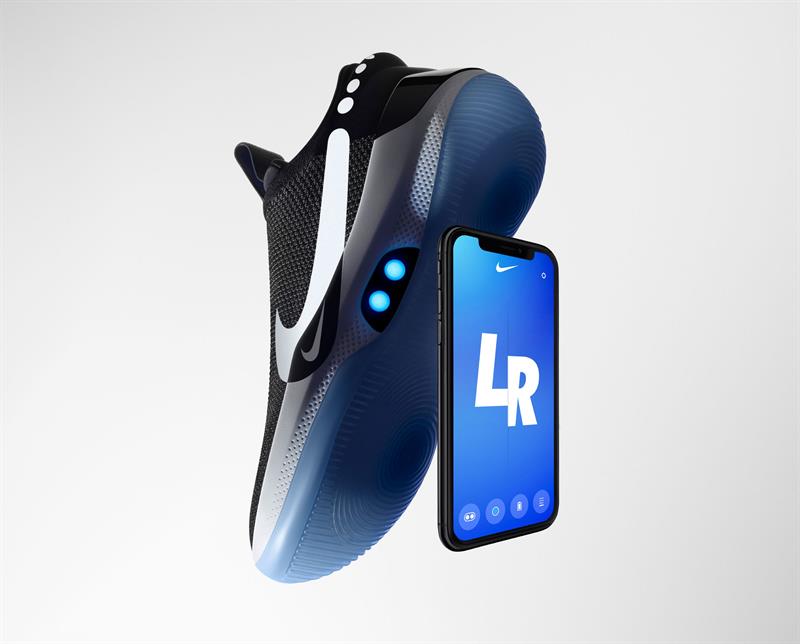Over the last few years there’s been a significant shift in the market for wearable technology. With what was for many a rocky start with products such as Google Glass and the Basic Peak smartwatch failing to live up to the marketing hype, the last two years have seen wearables finally coming into their own and making it in the mainstream.
Seeing this upturn in popularity, industry analysts predict that by 2020, global shipments of wearable devices will hit an estimated 190 million units.
Although wearable devices have made huge strides with respect to both their power and functionality, many manufacturers still struggle to efficiently manage the heat generated by these increasingly sophisticated devices and the components they use.
In terms of effective heat management when it comes to wearables its critical as it will impact user comfort and safety, system reliability, power consumption and battery life.
Cool design and thermal management are inseparable, and engineers need to be able to perfect and figure out at the layout or conceptualisation stage, the balance between the two.
New designs
One of the most talked about wearable devices launching in 2019 will be Nike’s new smart shoe - the AdaptBB. Based on the self-lacing trainers from Back to the Future, the AdaptBB is being lauded as a major step forward for wearable tech, offering a customised fit through internal mechanics and a companion app.
With the incorporation of electronics, however, comes a whole host of new complications, with Nike describing the AdaptBB as its “most tested” product in the company’s history. According to Nike, the shoe has undergone thousands of hours of stress testing for resistance to impact, water and heat.
These design and testing phases are critical when it comes to wearables technology, especially where heat is concerned.
The thermal challenge
Whatever form the final product takes, whether its shoes, smartwatches or VR headsets, consumers expect wearables to be comfortable, slender, lightweight and portable. For design engineers, this makes the issue of thermal management a complex problem to solve.
The struggle for manufacturers has been how to pack high-powered components into compact spaces without compromising functionality, and without them overheating.
Unlike other devices, wearable manufacturers are forced to operate within a very confined space, used in a wide variety of settings, and taking account of variables. At the same time, consumer expectations and market demands mean that these devices must also cram ever more complex components into the same amount of space.
To take just one example, smartwatches must do far more than just tell the time: they must send and receive messages; play music; make video calls; support emails and be Wi-Fi, Bluetooth and even 4G LTE enabled. These additional functionalities require additional power, and that means additional heat.
Despite this rise in heat output, the complications presented by the size, portability and high functionality of wearables mean that installing fans or bulky cooling systems is virtually impossible. At the same time, design engineers can’t simply ignore the issue of thermal management in wearables - those that do will put themselves at major risk of late-stage design flaws and even potential product recalls.

Nike’s new smart shoe, the AdaptBB |
The risk of recalls
Overheating has been a major obstacle for wearables manufacturers and has in the past led to total product recalls.
A few years ago, Basis Peak, an Intel-backed smartwatch, was forced to issue a full recall due to an unexpected thermal complication. An active LED on the back of a wearable device was at risk of overheating and burning wearers.
Although only 0.2 percent of the LEDs suffered thermal complications, the flaw was so deeply ingrained that it was impossible to correct without going back to the drawing board on the device’s design. While not all thermal issues will result in recalls on such a large scale, manufacturers must be careful with the ways in which they choose to dissipate heat from their devices, building thermal considerations into their designs from the outset.
So how can device manufacturers ensure that they’re not setting themselves up to fail when it comes to thermal management?
Fixing thermal factors during design
It is essential that design engineers address thermal factors at the very outset of their designs.
Due to their close proximity to the skin, wearables are far more susceptible to issues of overheating. At the same time, many consumers are unable to differentiate between the natural heat output of a wearable device and what is a serious technical fault. As a result, heat dissipation needs to be better directed and the device’s internal heat flow needs to be carefully considered.
While heat dissipation needs to be more ‘directed’ (i.e. away from the skin), at the same time, there is a need to make the most of all available space which make heatsinks a clunky addition to what is often sold as a “fashion accessory” rather than a portable electronics device.
Given these considerations, design engineers will need to address thermal factors at the very outset. Heat flow within a device needs to be carefully considered up front, ideally at the same time as when deciding the device’s internal layout, component selection and electronic design.
One of the best ways to achieve this is through the use of thermal simulation, whereby wearable designers can ensure their designs meet the necessary requirements before a physical prototype is created. Designers can ensure all components are operating below the maximum temperature limit, and the temperature of the outside case is not too hot to touch.
Thermal simulation software, such as 6SigmaET, allows engineers to test and refine the devices internal layout prior to the production of a physical prototype.
Manufacturers can then test their product, adjust the position of components for improved heat flow and ensure that it meets all necessary standard requirements (that components are operating below the maximum temperature limit and that the external casing is not too hot to the touch).
The case for early-stage simulation
As the technology behind thermal simulation packages has grown ever more advanced, there has been a dramatic reduction in the time it takes to create and test detailed thermal grids. This means that developers can quickly identify potential ‘hot-spots’ inside their products and solve them prior to finalising the design.
In order to deliver a wearables product that meets consumer expectations thermal factors need to be addressed early in the design process. However, according to research from 6SigmaET, 75% of design engineers don’t conduct thermal testing in the early design stages, and 56% wait to do so until after a prototype is produced. A further 27% wait until after the product is complete.
For those engineers not taking into account thermal considerations early they run the risk of compromising their products, especially when it comes to wearables. By utilising thermal simulation software, manufacturers can engineer out potential thermal complications at the embryonic stage of the design process. The result of this early-stage planning will be wearable devices that better balance conflicting design demands such as size, power, portability and heat.
Author details: Tom Gregory is a Product Manager at 6SigmaET |














